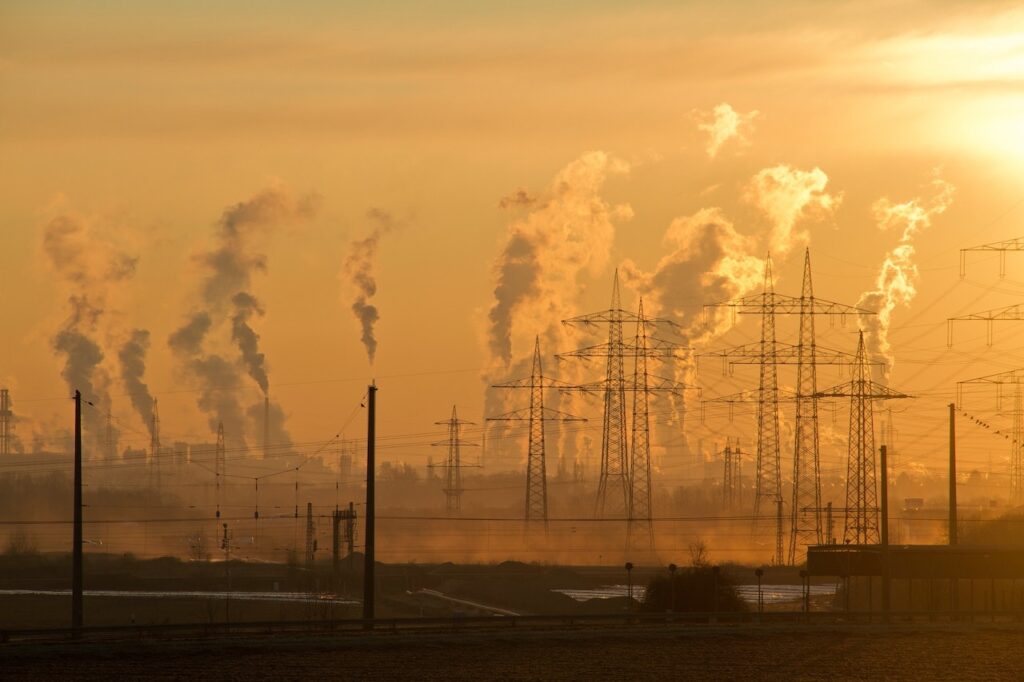
Climate change is one of the most pressing issues of our time, affecting ecosystems, communities, and economies worldwide. As environmental journalists, it is our responsibility to shed light on this complex phenomenon and convey accurate information to the public. In this article, we will delve into the key aspects of climate change, its causes, impacts, and the role of environmental journalists in covering this critical subject.
What is Climate Change?
Climate change refers to long-term alterations in temperature patterns, precipitation levels, and weather conditions across the Earth’s surface. It is primarily caused by human activities, such as the burning of fossil fuels, deforestation, and industrial processes, which release greenhouse gases into the atmosphere. These gases, including carbon dioxide (CO2) and methane (CH4), trap heat and contribute to the warming of the planet.
Causes of Climate Change
The primary driver of climate change is the excessive emission of greenhouse gases. The burning of fossil fuels, such as coal, oil, and natural gas, for energy production and transportation is a significant contributor. Deforestation, which reduces the Earth’s capacity to absorb CO2, also plays a role. Additionally, industrial processes, agriculture, and land-use changes contribute to greenhouse gas emissions.
Impacts of Climate Change
Climate change has far-reaching consequences for both natural and human systems. Rising global temperatures lead to the melting of polar ice caps and glaciers, causing sea levels to rise. This poses a threat to coastal communities, increases the frequency and intensity of storms, and amplifies the risk of flooding. Changes in temperature and precipitation patterns also affect ecosystems, disrupting biodiversity, altering habitats, and threatening species survival. Furthermore, climate change exacerbates water scarcity, impacts agriculture and food security, and influences human health.
The Role of Environmental Journalists
Environmental journalists have a crucial role to play in communicating the science, impacts, and solutions related to climate change. By reporting on the latest research, policy developments, and local stories, journalists can raise awareness, educate the public, and foster dialogue. They can help people understand the link between individual actions, policy decisions, and climate outcomes. Additionally, environmental journalists can highlight success stories, innovative solutions, and the importance of collective action to address climate change.
Challenges and Opportunities
Covering climate change presents unique challenges for environmental journalists. The topic is vast, complex, and often politicized, making it crucial to maintain journalistic integrity and provide accurate, evidence-based information. Environmental journalists must navigate scientific uncertainty, varying viewpoints, and potential conflicts of interest to present a balanced and comprehensive view of the issue. However, these challenges also present opportunities to engage diverse audiences, humanize the impacts of climate change, and inspire action through compelling storytelling.
Conclusion
Climate change represents a defining challenge of our time, requiring urgent and collective action. Environmental journalists have a critical role in informing and engaging the public, policymakers, and communities around this complex issue. By reporting accurately, raising awareness, and fostering informed discussions, journalists can contribute to a more informed society that takes meaningful steps towards mitigating and adapting to climate change. Together, we can work towards a sustainable and resilient future for our planet and future generations.